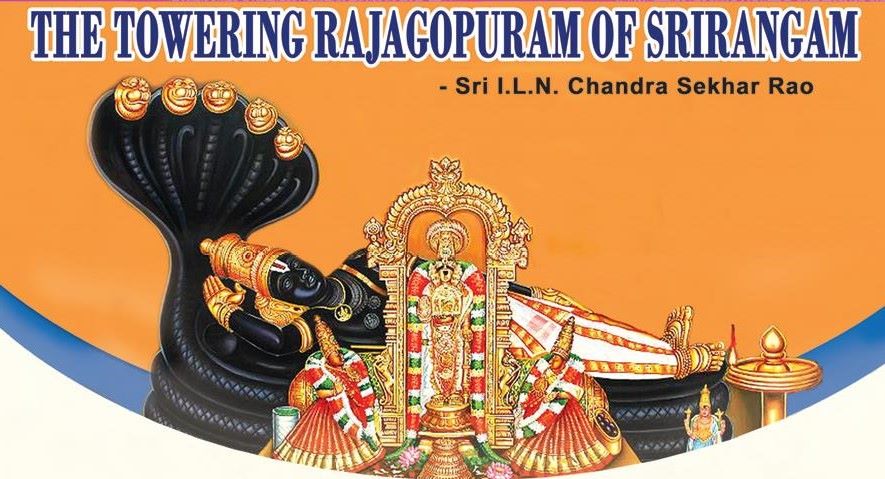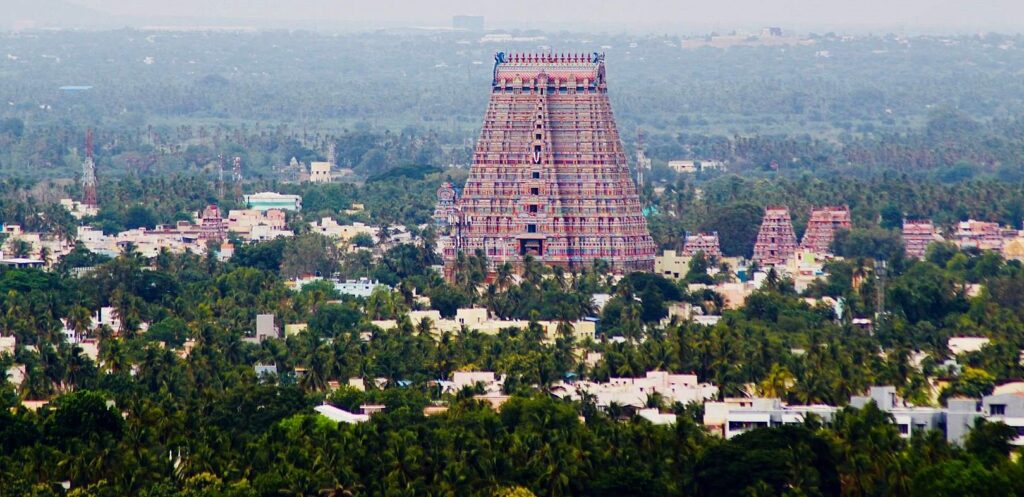Sri Ranganatha Swamy Temple, Srirangam There are several famous Sri Ranganatha Swamy Temples in India. Among them, Sri Ranganatha Swamy Temple located in Srirangam is one of the most famous and ancient historical temples. Srirangam is the foremost of eight swayam vyakta (Self-manifested) kshetrams of Sri Maha Vishnu. Srirangam – Location It is the first Read More
Tag: Srirangam
Sri Ranganatha Swamy Temple, Srirangam (Divya Desam)
Srirangam is an island with the Kaveri River on the south and the Kollidam distributary on the north. The Kaveri River divides into two west of the island and combines east of the island. The temple is in the midst of the island and the newly built Raja Gopuram can be seen from miles away Read More


